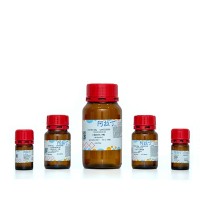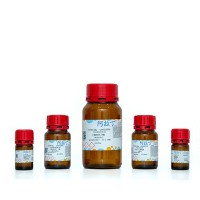PCR Detection of Helicobacter pylori in Clinical Samples
互联网
600
Helicobacter pylori is an important pathogen whose primary niche is the human stomach. H. pylori is etiologically associated with gastric inflammation (gastritis), peptic ulcer disease, and gastric cancer. Both noninvasive (e.g., urea breath and stool antigen tests) and invasive (gastric biopsy for histology, culture, or PCR) tests are used for diagnosis. PCR detection of H. pylori has been reported using a variety of clinical samples including gastric biopsy, gastric juice, saliva, dental plaque, and stools as well as environmental samples. Whenever possibly, noninvasive tests are preferred over invasive tests. H. pylori are excreted in the stool. Culture from stool is variable whereas stool antigen testing is widely used. Stool consists of a complicated mixture of commensal bacteria and chemicals and often includes inhibitors of PCR. Nevertheless, simple extraction methods are available to efficiently extract DNA from human stools and nested-PCR targeting the 23S rRNA gene have proven to be highly sensitive for the detection of H. pylori . Detection of clarithromycin susceptibility/resistance is important clinically and the mutation of the 23S rRNA gene responsible for resistance can also be detected using stool. This described method can be modified for other clinical samples such as gastric juice or biopsy material.









